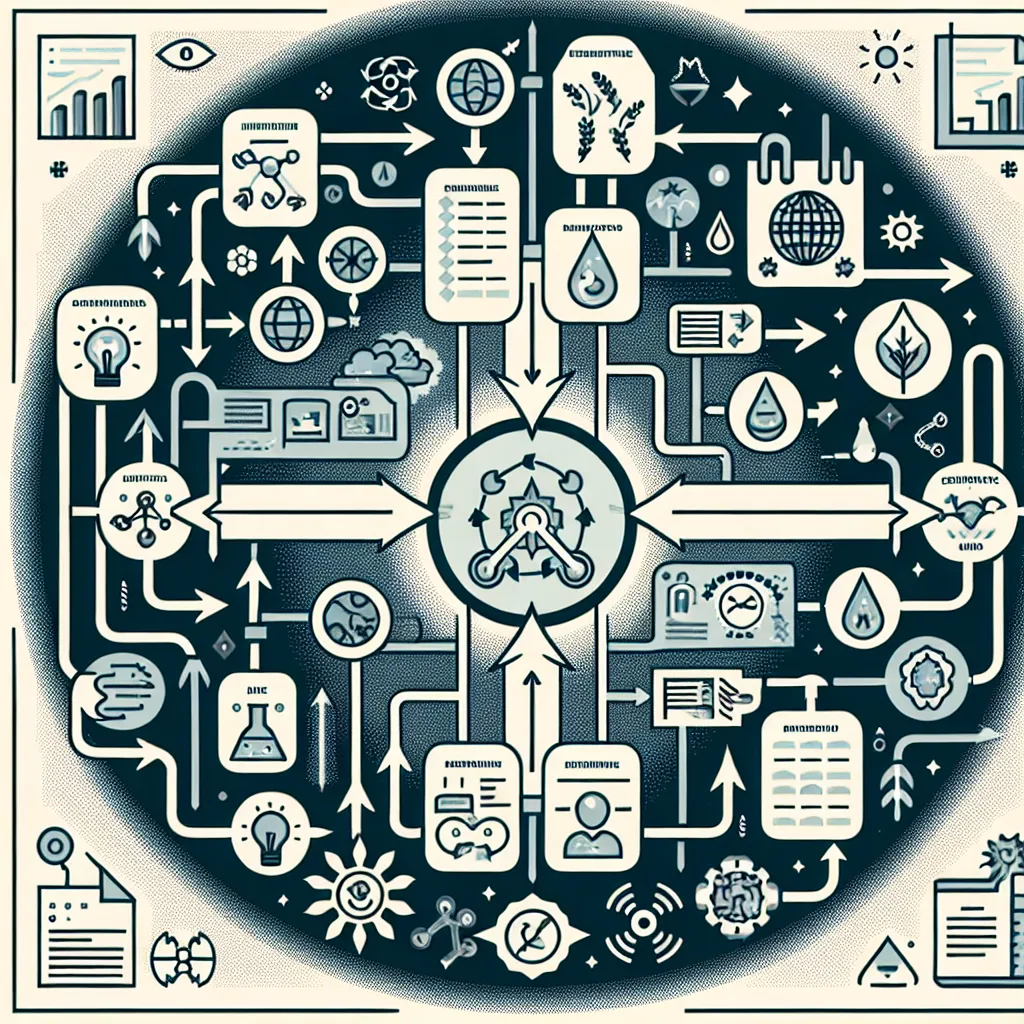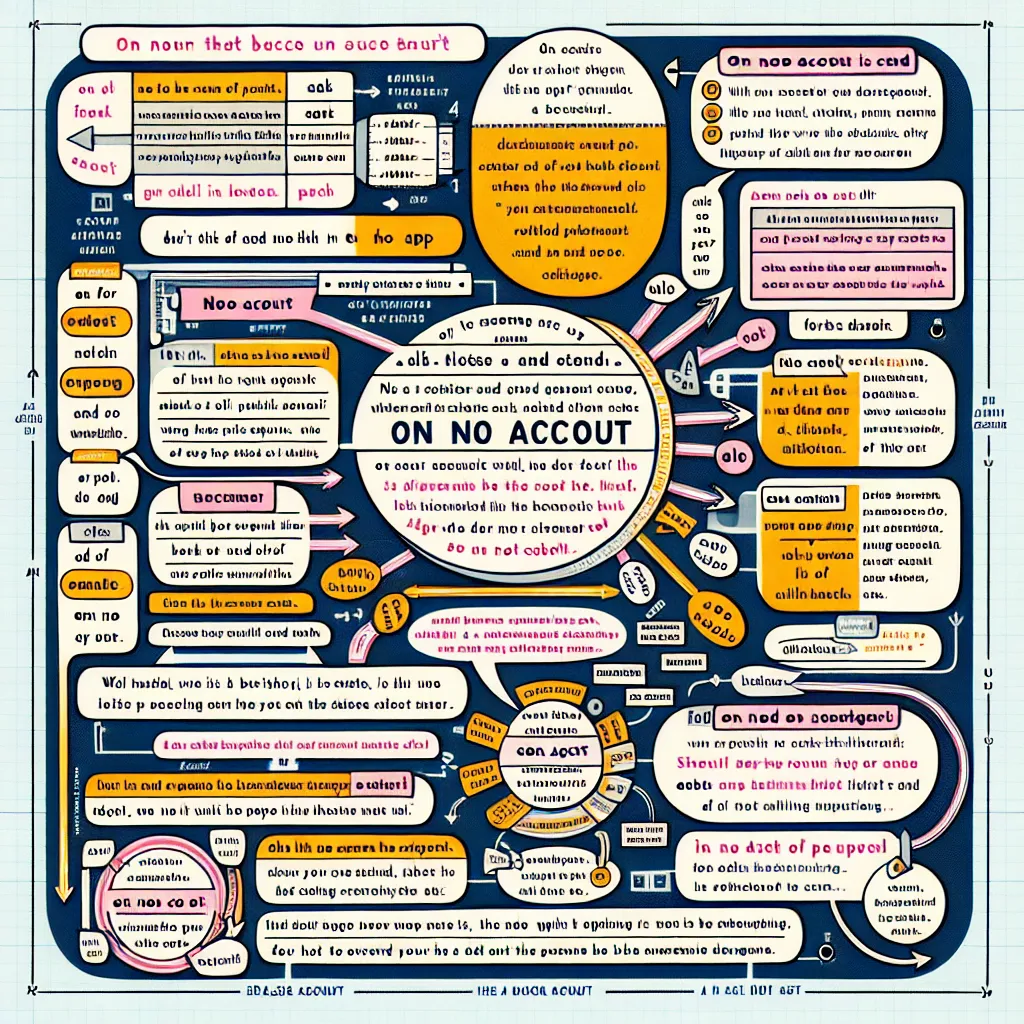The “on the point of + gerund” structure is a crucial grammatical pattern that frequently appears in IELTS exams. It’s used to describe an action that is about to happen or is very close to happening. Mastering this structure can significantly enhance your performance in various sections of the IELTS test, including Writing and Speaking. Let’s delve into the intricacies of this structure and explore how you can effectively use it to boost your IELTS score.
Understanding the Meaning and Usage
The phrase “on the point of + gerund” indicates that an action is just about to occur. It’s similar to saying “about to” or “on the verge of” but carries a more formal and precise connotation. This structure is particularly useful in academic and formal contexts, making it ideal for IELTS tasks.
Examples:
- The researcher was on the point of making a breakthrough when the funding was cut.
- The company is on the point of launching its new product line.
- The negotiations were on the point of breaking down when a compromise was reached.
In each of these examples, the gerund form (making, launching, breaking) follows “on the point of” to describe an imminent action.
 IELTS Exam Preparation
IELTS Exam Preparation
Grammar Formula and Analysis
The structure follows this formula:
[Subject] + [be verb] + on the point of + [gerund]
Let’s break down the components:
- Subject: The person or thing performing the action
- Be verb: Conjugated to match the subject and tense (is, was, were, etc.)
- On the point of: The fixed phrase indicating imminence
- Gerund: The -ing form of the verb describing the action about to occur
This structure can be used in various tenses:
- Present: She is on the point of leaving.
- Past: They were on the point of giving up when help arrived.
- Present Perfect: We have been on the point of selling the house several times.
Application in IELTS Writing and Speaking
IELTS Writing Task 2 Example:
In an essay about technological advancements, you might write:
“Many experts believe that we are on the point of experiencing a technological revolution that will fundamentally change the way we live and work. With artificial intelligence and robotics advancing rapidly, we are on the point of entering an era where machines could potentially outperform humans in various cognitive tasks.”
Analysis: Using “on the point of” twice in this paragraph demonstrates a sophisticated grasp of English and adds variety to your writing, potentially boosting your score in the Lexical Resource and Grammatical Range criteria.
IELTS Speaking Part 2 Example:
In a task where you’re asked to describe a significant moment in your life, you could say:
“I remember the day I was on the point of giving up on my dream to study abroad. I had faced numerous rejections and was losing hope. However, just as I was on the point of abandoning my applications, I received an acceptance letter from my top-choice university.”
Analysis: Incorporating this structure in your speaking demonstrates advanced language use and can contribute to a higher score in the Lexical Resource and Grammatical Range and Accuracy criteria.
Strategies for High Scores
To achieve a high band score in IELTS, it’s crucial to use complex structures like “on the point of + gerund” accurately and appropriately. Here are some strategies:
-
Combine with other advanced structures:
“Despite being on the point of collapse, the ancient building was saved by a last-minute preservation effort.” -
Use in different parts of speech:
“The on-the-point-of-extinction species was rediscovered in a remote forest.” -
Employ in various contexts:
- Environmental issues: “The ecosystem is on the point of irreversible damage.”
- Economic discussions: “The economy was on the point of recovery when the crisis hit.”
- Technological advancements: “Scientists are on the point of developing a cure for the disease.”
Common Mistakes to Avoid
-
Incorrect verb form:
Incorrect: “She was on the point of to leave.”
Correct: “She was on the point of leaving.” -
Misusing with non-action verbs:
Incorrect: “He is on the point of knowing the answer.”
Correct: “He is on the point of discovering the answer.” -
Overuse:
Avoid using this structure too frequently in a single piece of writing or speaking. Once or twice in an essay or speaking task is sufficient to demonstrate your command of the language. -
Incorrect tense agreement:
Incorrect: “They are on the point of finished the project.”
Correct: “They are on the point of finishing the project.” -
Confusion with similar phrases:
Be careful not to confuse “on the point of” with phrases like “at the point of” or “to the point of,” which have different meanings and usages.
Conclusion
Mastering the “on the point of + gerund” structure can significantly enhance your IELTS performance. It demonstrates a sophisticated command of English and can be applied effectively in both Writing and Speaking tasks. Remember to practice using this structure in various contexts and combine it with other advanced grammatical patterns to showcase your language proficiency. As you prepare for your IELTS exam, look for opportunities to incorporate this structure naturally in your responses, always ensuring that it fits the context appropriately.
To further improve your skills, try creating sentences using “on the point of + gerund” in different scenarios, such as describing technological advancements, environmental changes, or personal achievements. This practice will help you internalize the structure and use it confidently during your IELTS test.
Be intent on + noun/gerund: Mastering Advanced IELTS Grammar
Prevent Someone from + Gerund: Essential IELTS Grammar Guide


